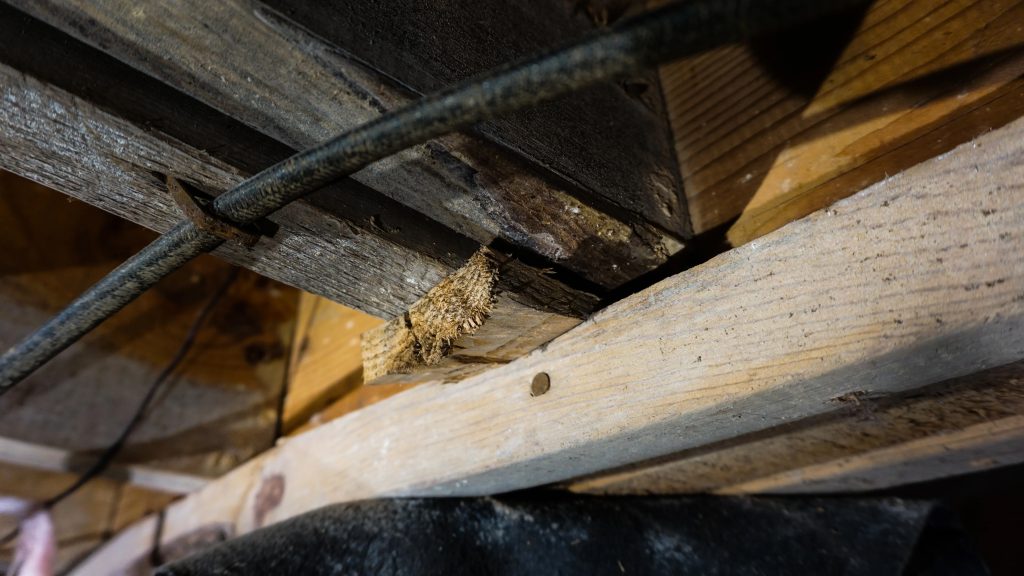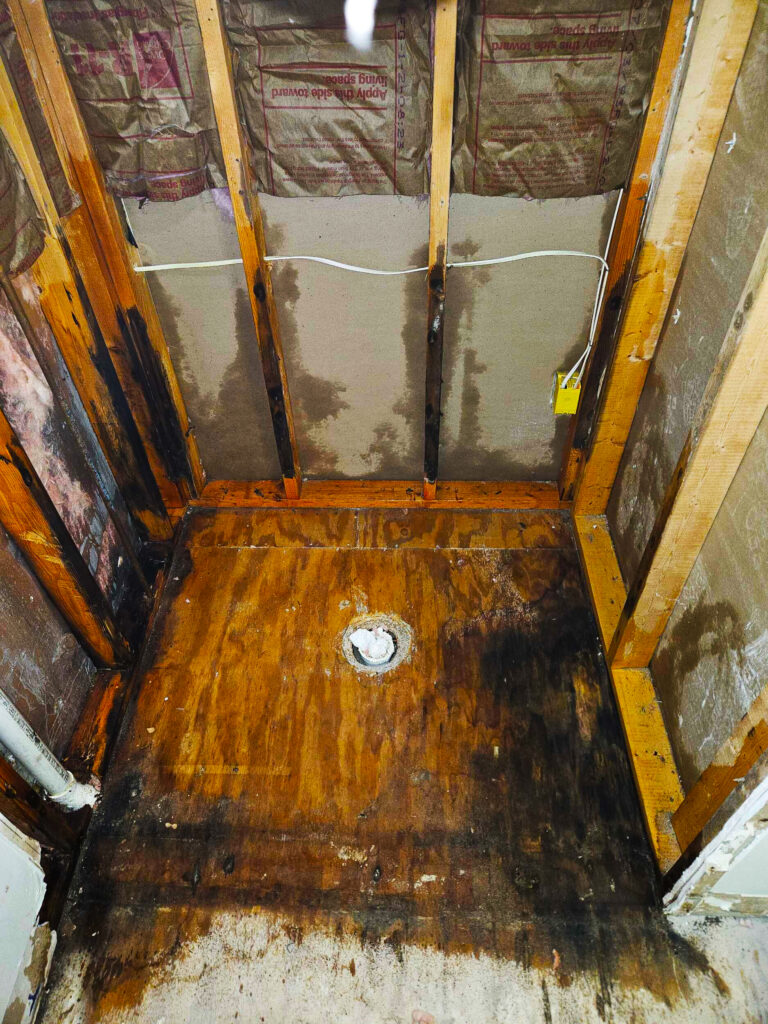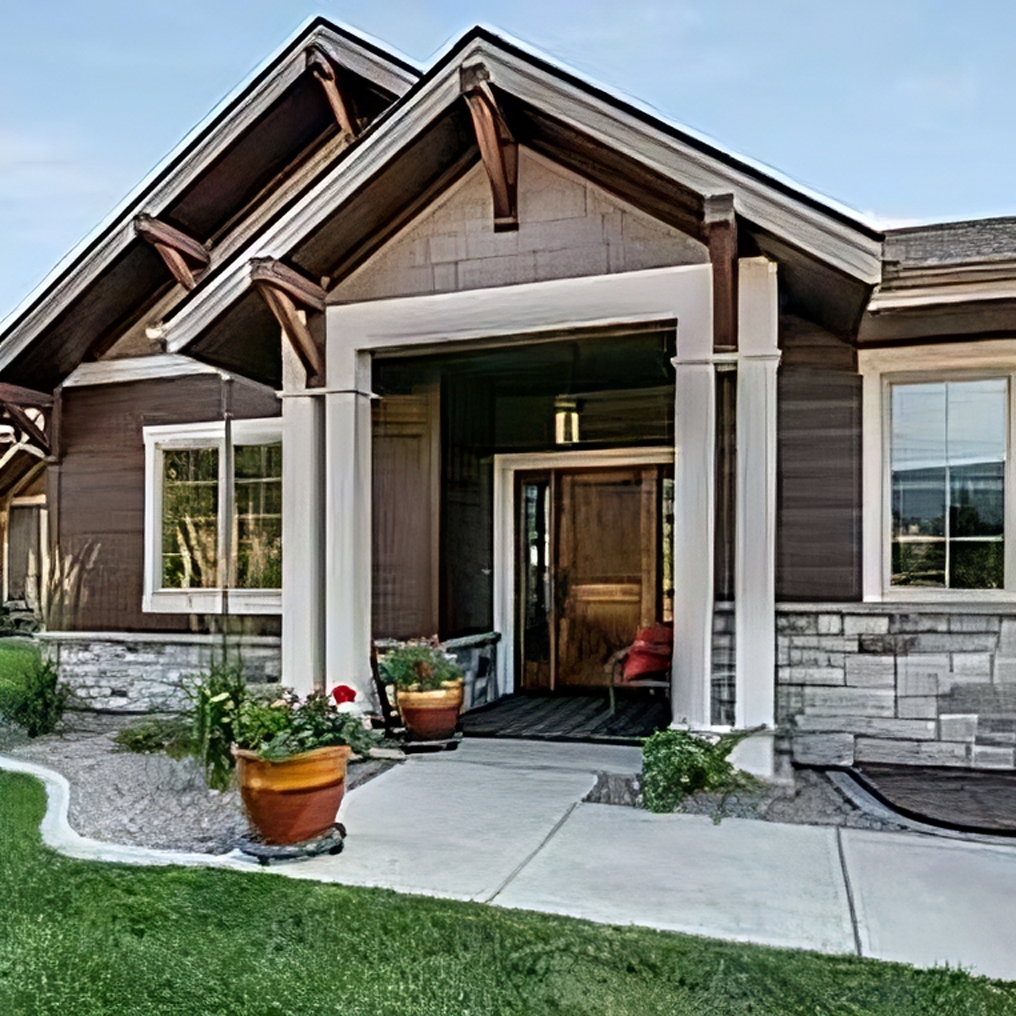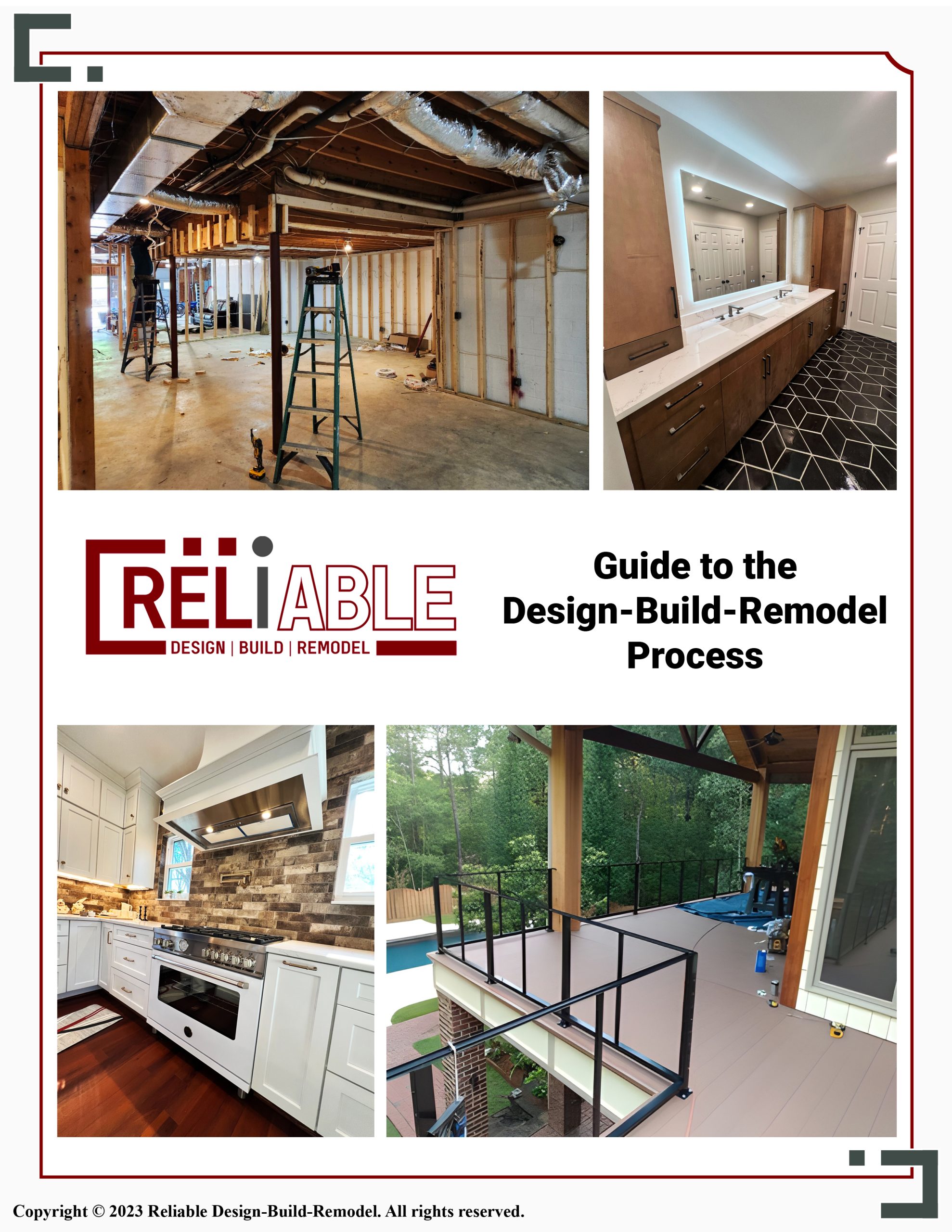Wood rot is a common issue that homeowners face, especially in areas with high moisture levels. At Reliable Design-Build-Remodel, we understand how frustrating it can be to discover rotted wood in your home, but the good news is that many types of wood rot can be repaired without requiring full replacement. In this blog, we’ll answer some of the most frequently asked questions about repairing rotted wood, ensuring you have the information needed to tackle this issue effectively.
How do you fix rotted wood without replacing it?

Fixing rotted wood without replacing it is possible when the rot is localized and hasn’t compromised the structural integrity of the entire piece. The first step is to remove any loose, crumbling wood using a chisel or screwdriver. Once the decayed wood has been scraped away, you’ll need to dry out the area completely, ensuring no moisture is left behind, as it can cause the rot to spread. Next, apply a wood hardener to the area. The hardener will soak into the remaining wood, solidifying it and preventing further rot. After it dries, you can fill the affected area with an appropriate wood filler, smooth it out, and sand it to match the original surface. This method allows you to preserve the existing wood and restore its functionality.
Can you repair wet rotted wood?
Wet wood can indeed be repaired, but it’s crucial to ensure that the wood is thoroughly dried before attempting any repairs. Attempting to fix wood while it is still damp will lead to poor adhesion of the repair materials and continued deterioration. To repair wet rotted wood, first, identify the source of moisture and fix it, whether it’s a leak, high humidity, or poor ventilation. Once the wood is dry, follow the steps mentioned earlier: remove any decayed sections, apply wood hardener, and use wood filler to patch the area. Taking time to dry the wood and eliminate the source of moisture will ensure that your repairs are long-lasting and effective.

What is the best product to repair rotted wood?
The best product for repairing rotted wood depends on the extent of the damage and the type of wood you’re working with, but two essential products that can make a significant difference are wood hardeners and epoxy fillers. Wood hardeners, such as Minwax Wood Hardener, are designed to penetrate and stabilize rotted wood by reinforcing the fibers that are still intact. Epoxy fillers, like Abatron’s LiquidWood and WoodEpox, provide a durable, long-lasting solution for filling gaps and restoring the wood’s original shape and strength. These products are easy to apply, durable, and water-resistant, making them ideal for outdoor and indoor wood repairs. Be sure to select a product that suits your specific project to achieve the best results.
What can you use to fill in rotted wood?
When filling in rotted wood, you’ll want to use a wood filler that is durable, sandable, and paintable. Epoxy fillers are the most commonly recommended for repairing rotted wood because they provide a strong, weather-resistant bond. They can also be easily shaped and sanded once cured, allowing you to recreate the original look and feel of the wood. Bondo Wood Filler is another popular choice due to its fast-setting properties and ability to hold up in outdoor conditions. In cases where the rot is more superficial, a traditional wood filler may suffice, but for deeper repairs, epoxy fillers offer the most reliable and long-lasting solution.
Is it OK to paint over rotted wood?
Painting over rotted wood without addressing the underlying damage is not advisable. Paint may temporarily cover the rot, but it will not stop the decay process. Over time, the paint will crack and peel as the wood continues to deteriorate beneath it. Before painting, you should always repair the rotted wood by removing the decayed areas and filling the gaps with wood filler or epoxy. Once the repairs have been made and the surface is smooth, you can apply a primer followed by your paint of choice. This will not only improve the appearance of the wood but also add a protective barrier to prevent future moisture damage. Properly repaired and painted wood can last for years, even in high-moisture environments.
Does wood filler work on rotted wood?
Wood filler can work on rotted wood, but its effectiveness depends on the extent of the damage and the type of filler you use. For small areas of superficial rot, wood fillers can provide a quick fix, filling in cracks and holes to restore the surface. However, if the rot is more extensive or has compromised the structural integrity of the wood, epoxy fillers are a much better option. Epoxy fillers are more robust and durable, making them ideal for deep repairs where strength is critical. For the best results, always pair wood filler with a wood hardener to reinforce the surrounding area, ensuring the filler has a solid base to adhere to.

Reliable Design-Build-Remodel is a full service general construction firm and remodeling contractor operating in the Birmingham metro and Jefferson and Shelby County areas and surrounding communities, including Birmingham, Helena, Chelsea, Mountain Brook, Hoover, Homewood, Montevallo, Alabaster, Vestavia Hills, and Pelham, with over 30 years of servicing our valued clients. Offering full service suite of general remodeling, design and build services. Our specialties include bathroom remodeling, kitchen remodeling, exterior renovations, interior renovations, painting, and more!
Visit us at reliablerem.com, and like and follow us on Facebook and Instagram!















